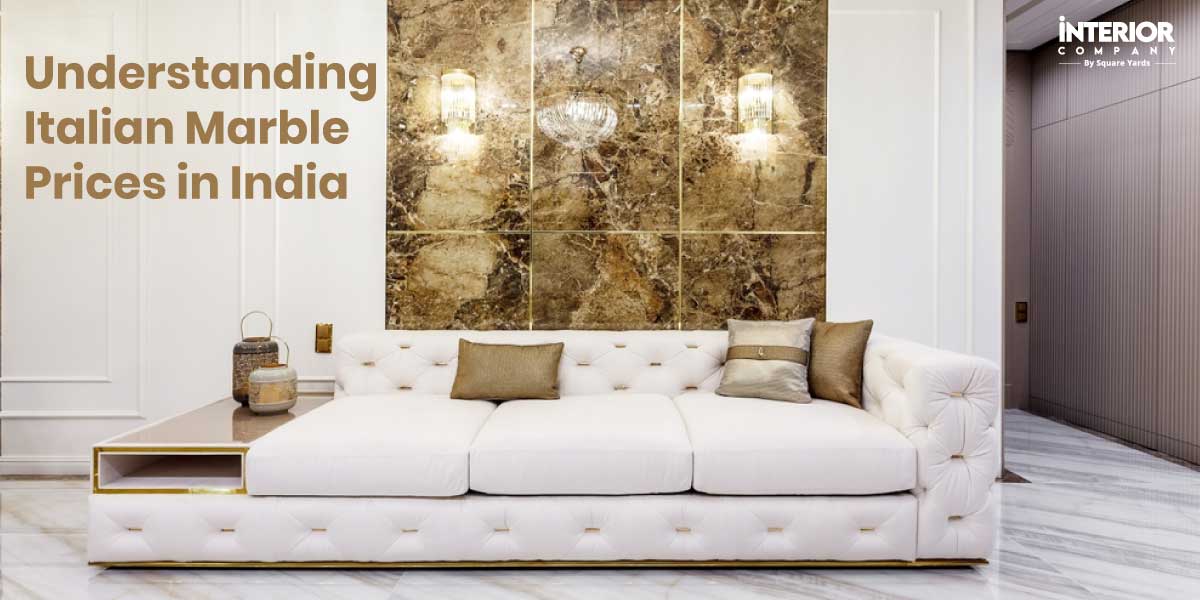- Home
- Trends
- Furniture And Decor
- Paint And Color
- What Is Enamel Paint
Everything You Need to Know About Enamel Paint
There are countless options in the world of paint, each boasting unique properties and finishes. But for projects demanding exceptional durability and a high-gloss sheen, enamel paint rises to the top. Due to its durability, glossy finish, and versatility, enamel paint is popular for professional painters and DIY enthusiasts. Although enamel paint shares some characteristics with oven-fired enamel, they are distinct products with different properties and applications.
Table of Content

Discover the wonders of enamel paint, a remarkable coating that hardens into a durable shell, offering unparalleled protection even in the most challenging environments. This versatile paint creates a resilient barrier, shielding surfaces from the elements and ensuring long-lasting performance, no matter the conditions.
Understanding Enamel Paint
The qualities of enamel paint are more characteristic than composition. This air-drying paint cures to a strong, usually glossy finish and is widely used to coat surfaces subjected to weather, heavy use, or temperature changes. This object should not be confused with “painted enamel” items, which are coated with vitreous enamel and then burned in a kiln.
Despite its name, most enamel paints available on the market are softer than vitreous enamel or stoved synthetic resins and have a completely different composition, as vitreous enamel is applied as a powder or paste and then fired at high temperatures.
Traditionally, 'enamel paint' refers to oil-based products with a high gloss finish. However, many latex or water-based paints have adopted this term in recent years. Today, it refers to high-quality, hard-surfaced paints, often used for high-gloss finishes on floors or spray paints. Most enamel paints are based on alkyd resins; some are made by adding varnish to oil-based paint.
Where Do You Usually Apply Enamel Paint?

Enamel paint’s claim to fame lies in its ability to create a hard, durable, and often glossy finish. This makes it a popular choice for various indoor and outdoor applications.
- High-Traffic Areas: Due to its durability, enamel paint is perfect for areas that experience a lot of wear and tear. This includes interior spaces like hallways, children’s rooms, kitchens, and bathrooms. Its easy cleaning properties make it ideal for wiping away scuffs and dirt.
- Trim and Mouldings: Enamel paint creates a crisp, clean finish that elevates the look of trim, mouldings, and baseboards. The smooth, hard surface resists nicks and bumps in high-touch areas.
- Doors and Cabinets: Enamel paint adds a touch of sophistication and durability to doors and cabinets. It can withstand frequent opening and closing while maintaining its beautiful finish.
- Metal Surfaces: Enamel paint is a great choice for protecting and decorating metal surfaces like furniture, railings, and appliances. It offers excellent adhesion and resists rust and corrosion.
- Outdoor Applications: Enamel paint can be formulated for exterior use, making it suitable for painting doors, fences, shutters, and outdoor furniture. Its weather-resistant properties help it withstand the elements.
Enamel Paint for Metal
Enamel paint is popular for metal surfaces because it creates a durable, long-lasting finish. When correctly applied, enamel paint offers excellent protection against weathering and corrosion. It is also highly resistant to fading and chipping, making it ideal for outdoor use and items frequently exposed to water.
Homeowners can choose between two types of enamel paint finishes for metal: glossy and matte. Glossy finishes provide a shiny, reflective surface, while matte finishes offer a more subdued, non-reflective appearance. Generally, glossy finishes are more prone to scratches and chips but offer superior protection against environmental elements than matte finishes.
Enamel Paint for Wood
Enamel paint is an excellent choice for wooden surfaces, giving them a rejuvenated appearance and extending lifespan. This paint type offers superior moisture and UV light resistance, making it more durable than other paint options. Additionally, enamel paint protects wood from mould, mildew, scratches, dents, warping, and peeling. When selecting enamel paint for wood, choosing a formula specifically designed for the surface in question is essential. Oil- and water-based enamel paints serve distinct purposes, so making an informed choice based on your project’s needs is important.
Advantages and Disadvantages of Enamel Paint
Enamel paint is known for toughness and shine, but like any material, it has advantages and disadvantages. Here’s a breakdown to help you decide if enamel paint is the right choice for your requirements:
Advantages of Using Enamel Paint
- Enamel paint forms a hard, protective shell that is highly resistant to wear and tear, making it ideal for high-traffic areas and outdoor applications.
- It provides a smooth, glossy finish that enhances the aesthetic appeal of surfaces.
- Enamel paint is highly resistant to moisture, making it suitable for areas exposed to humidity, such as kitchens and bathrooms.
- It offers excellent protection against UV light, preventing colours from fading over time.
- Enamel paint can be used on various surfaces, including wood, metal, glass, and plastic.
- It protects against mould, mildew, scratches, dents, warping, and peeling.
Disadvantages of Using Enamel Paint
- Enamel paint, especially oil-based varieties, can take a long time to dry completely. This can be inconvenient and requires careful planning to avoid smudging or damaging the paint.
- Oil-based enamel paints can have strong, unpleasant odours. Proper ventilation is crucial when using these paints.
- Cleaning brushes and spills requires solvents like mineral spirits, which can be harsh and require special disposal procedures. Water-based enamels are becoming more popular and offer easier cleanup.
- Enamel paints, particularly oil-based ones, can emit hazardous fumes. Proper ventilation and wearing a respirator are important when using these products.
Conclusion
Enamel paint offers a range of benefits that make it a popular choice for various projects, from home interiors to outdoor surfaces. Its durability, glossy finish, and resistance to moisture, UV light, and physical damage provide long-lasting protection and an attractive appearance. However, it is essential to consider the longer drying time, strong odour, and potential environmental impact when choosing enamel paint. Understanding its advantages and disadvantages lets you make informed decisions and achieve the best results for your painting projects.
Transform your home with the durable and glossy finish of enamel paint! Contact Interior Company for professional enamel painting services. Our expert team ensures a flawless application using high-quality materials, making your space look stunning and easy to maintain. Reach out to us today to get started!
*Images used are for representational purposes only. Unless explicitly mentioned, Interior Company does not hold any copyright to the images.*
Ready for a home transformation?
Let our designers assist you!
Recent Posts
Enamel paint is commonly used for surfaces that require a hard, durable finish, such as kitchen cabinets, furniture, doors, trim, and outdoor items like garden furniture and metal railings.
Enamel paint forms a harder, more durable finish compared to regular paint. It is also more resistant to moisture, UV light, and physical damage, making it suitable for high-traffic areas and outdoor use.
Yes, enamel paint can be used on wooden surfaces. It provides excellent protection and durability, making wood items more resistant to moisture, UV damage, mould, mildew, and physical wear.
Enamel paint takes longer to dry than regular paint. Depending on the type (oil-based or water-based) and environmental conditions, it can take anywhere from a few hours to several days to fully cure.
Related Category
- Bathroom
- Bedroom
- Kitchen
- Living Room
- Walls and Texture






























